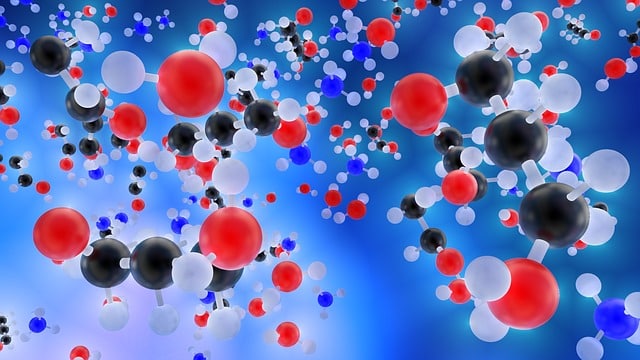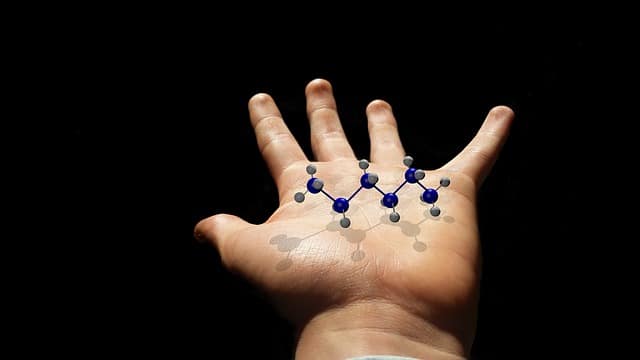
Solvation is linked to the attraction and bonding of the ions that make up a solute and the molecules that make up a solvent.
Solvation is not an accepted term in the dictionary prepared by the Royal Spanish Academy ( RAE ). It is a concept that is usually used in the field of chemistry with reference to the process that involves the attraction and association of the ions of a solute and the molecules of a solvent .
To understand the notion, therefore, we must first know what other terms refer to. A homogeneous mixture composed of a solvent (also known as solvent ) and one or more solutes is called a solution . In this mixture, the solutes dissolve in the solvent: thus, there is a higher level of solvent than solutes in the solution.
How solvation occurs
When the solute ions dissolve, solvation occurs. These ions separate from each other and begin to be surrounded by the molecules that make up the solvent. The solvation of the ion is linked to its size , since the number of solvent molecules surrounding it depends on it.
It can be said that solvation is generated from the interactions of a solute with a solvent , which lead to the stabilization of the solute in solution. The process requires that the ions of the crystal lattice be released: for this it is necessary to break the attraction that exists between the ions due to the lattice energy . The solute ions, when associating with the solvent molecules, release a type of energy called solvation free energy .

Solvation occurs from the dissolution of ions of a solute.
Differences with solubility and dissolution
It is important not to confuse the concepts of solubility , dissolution and solvation, although they may have certain similarities at first glance.
While dissolution refers to the addition of solute to a solvent, or to increasing the percentage of solvent in a given previously existing solution, the term solubility refers to the maximum amount of solute that can be added to the solvent before its formation is precipitated, that is, a surplus of undissolved solute is formed.
Returning to solvation, it is possible to speak of a solvated state to describe the situation in which an ion of a certain solution is complexed by molecules of the solvent. The term complexed, for its part, means formed by a minimum of two components that are associated through a chemical bond called coordination , which is usually less strong than a normal covalent bond .
Ion solvation
Another concept that comes into play in this context is that of
This ion solvation process results in the system stabilizing. Among the best-known polar solvents, water is in first place, since it is the one that has been studied the most and the easiest to find in nature; This group also includes dimethyl sulfoxide, acetonitrile, methanol, ammonia, acetone , ethanol and propylene carbonate. They can be used to dissolve salts, among other inorganic compounds.
There is more than one type of molecular interaction that takes place during solvation: ion-dipole, hydrogen bond, London forces , or dipole-dipole attraction . Except for London forces, the rest is only found in polar solvents. Ion-ion, on the other hand, occur in ionic solvents (a possible case is the molten phase).
